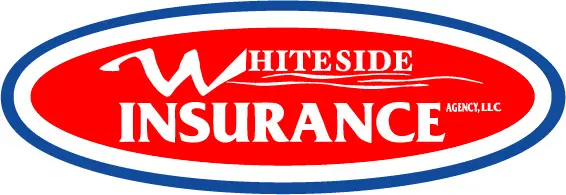“Mom and Dad, some day you’re gonna tell me to never talk to strangers. So how come you just called a stranger and bought insurance? What gives with that?” And it was a lizard! You make me laugh out loud.”
But the Gecko is cute!
Yep. He’s cute. And I have to admit, the British accent (it’s not Australian) makes him even more adorable. He used to be voiced by Kelsey Grammer, but now he’s a Brit. A BRITISH LIZARD selling American insurance. That should be a warning sign. OK, I’m reaching for reasons to not trust the cute little lizard.
Let’s get serious for a minute.
Friends don’t let friends buy insurance from strangers online. Or from a stranger at the other end of a toll free number.
You need an agent who is from the Hill County of Texas and the Austin area. Only someone local can understand your insurance needs. I’m located in Spicewood… as Texas as Texas gets. I’m and independent agent who represents many companies, including Germania Insurance.
Friends refer friends to their trusted local insurance agent. Why? Because your local agent goes above and beyond the anonymous person at the other end of a toll free number.
Here are a couple of the extra jobs your local agent takes on for you:
1. Red tape removal expert.
Your local insurance agent digs cutting through red tape for you. That red tape can sometimes be the dreaded FORM LETTERS that spit out of a home office faster than you can yell STOP!
One call to your agent, and the anonymous treatment by your insurance company stops dead in its tracks. To your local insurance agent, you are a person, not a number. They hate red tape as much as you do. It makes their day to get the scissors out and cut through the tape.
See if a call to Martin the Gecko, who lives in the mythical Kingdom of GEICO, gets you anywhere. Nope. The Gecko has “people” to make sure you remember your place. You are a number. A phone call to “Customer Service” will prove this. “What’s your policy number” will be one of the first questions. No policy number- no help.
Don’t call “Customer Service.” Call your local agent. Ditch the red tape!
2. Advocate and Ally.
You need an Advocate.
Let’s face it; we’ve all had a fight at least once with with someone in a corporate home office. And if that fight was ever with someone in the corporate office of an insurance company, you felt especially vulnerable. We need a super hero to come to our rescue. Enter your local agent.
Even the very best insurance companies make a bad hire sometimes. Or a good employee can have a bad day. It can be an annoying underwriter who lives in a room with no windows, a billing supervisor who just doesn’t “get it,” or a claims adjuster who woke up on the wrong side of the bed the same day your car is totaled.
One call to your agent, and suddenly you have an advocate. Someone to put that corporate employee in their place. Someone to fight for you. Ask the lizard if he will fight for you. He won’t. He’s bought and paid for by the ad agency that created him. He’s a fiction.
You need an Ally.
When you want advice about how much insurance you really need (and not just the cheapest price)… enter your local agent.
When you are confused about policy changes or rate increases, and you need someone who cares about you as friend and neighbor to just make it simple… enter your local agent.
When bad things happen to good people, like a house fire or a car accident, they need an Ally. Someone to come alongside with compassion. Someone who knows them and their family and maybe even cries with them over their disaster. Enter your local agent.
Let me apply for a job to work for you.
I don’t have a cute British accent. And I’m not nearly as funny as Flo on the TV commercials. But I’d love the chance to work for you. If you are already my client, you are someone I value, and I hope I can continue to earn your business by treating you the same way I’d like to be treated.
If you just found me (maybe because of a mutual friend), I’d love to get the chance to meet you. Do you have an insurance story? Most folks have one. I would be honored if you’d let me listen. Maybe, just maybe, I can get you a better insurance policy. And better service.
Wade Whiteside, (830) 693-8881
